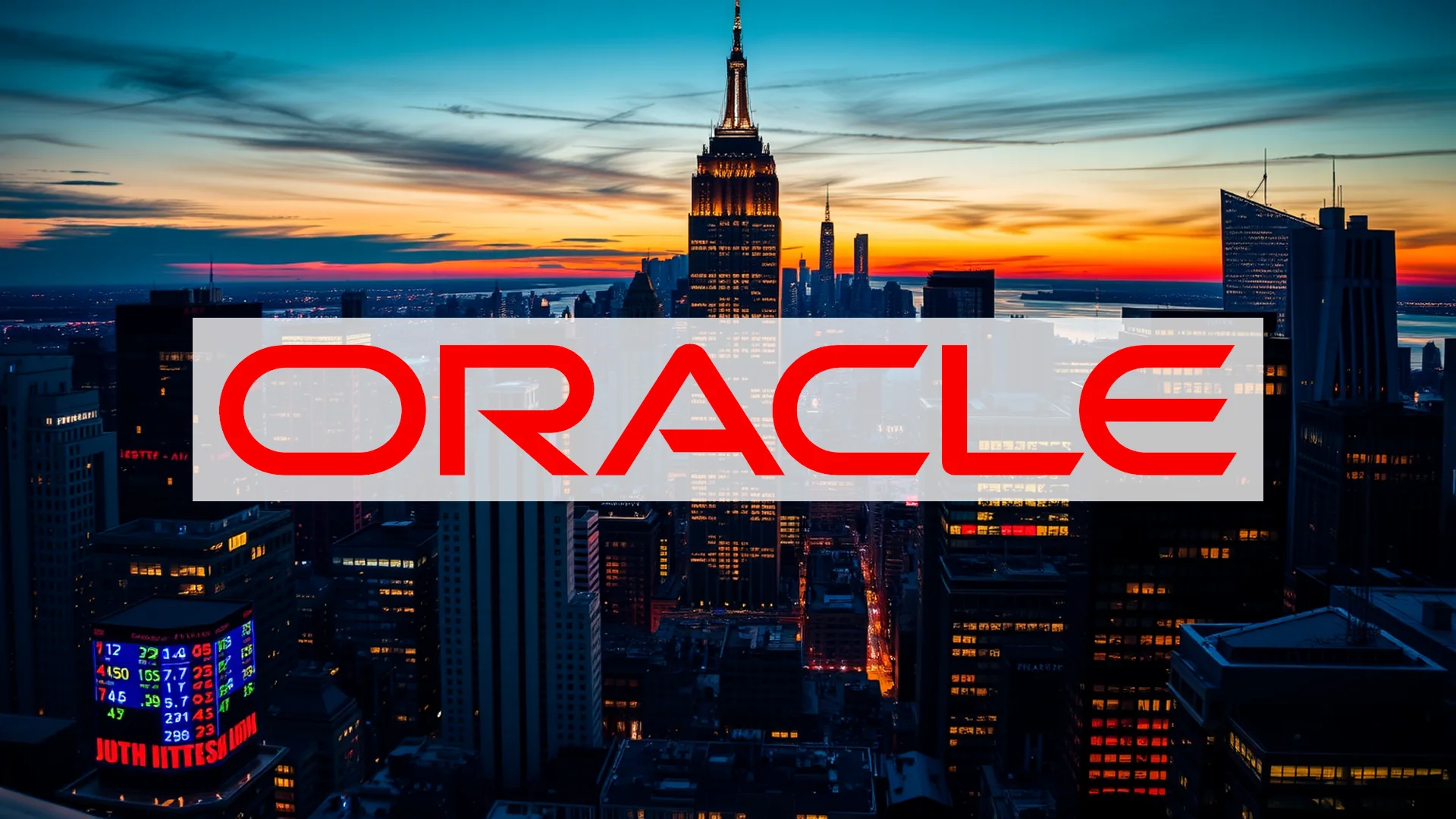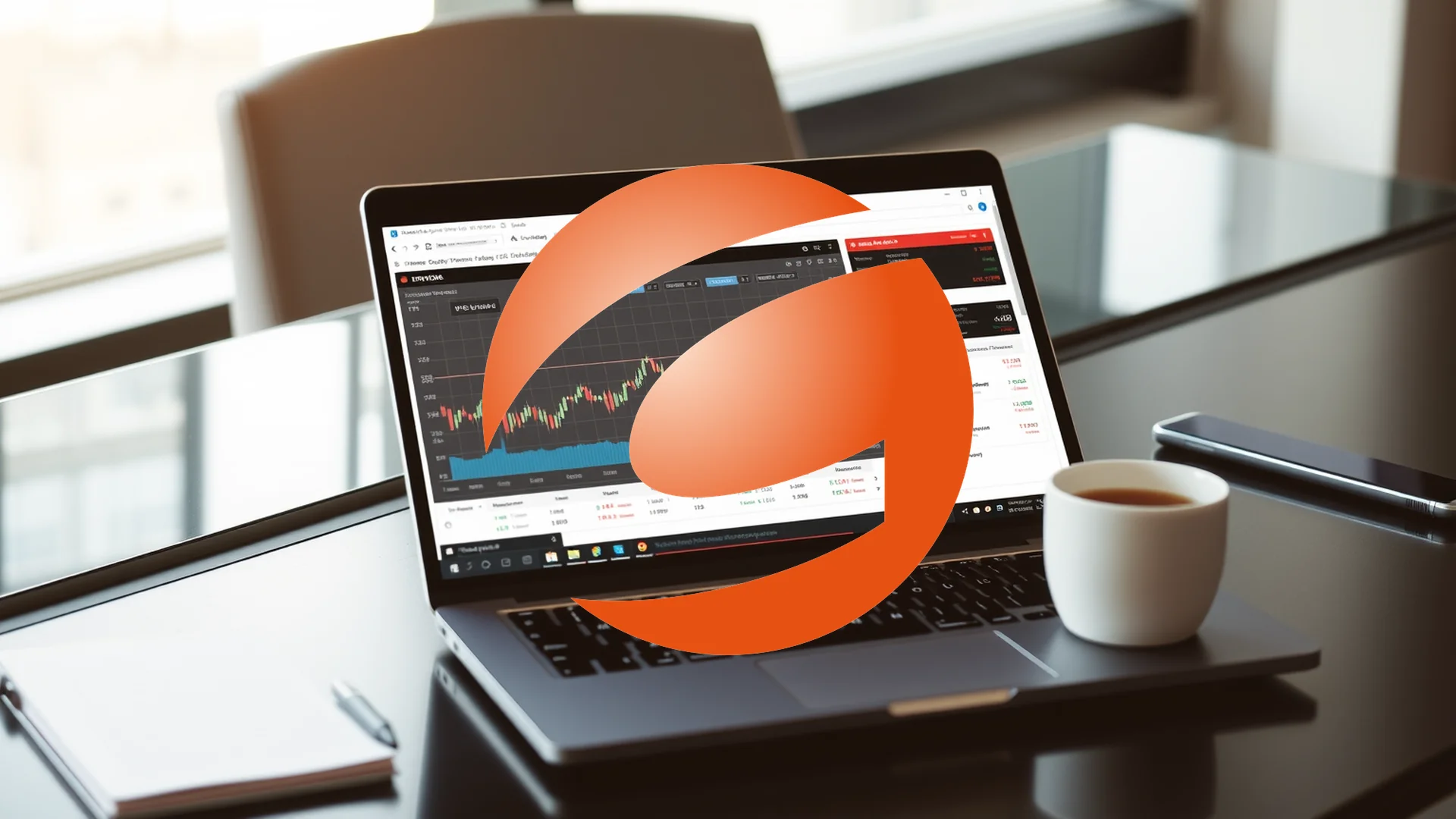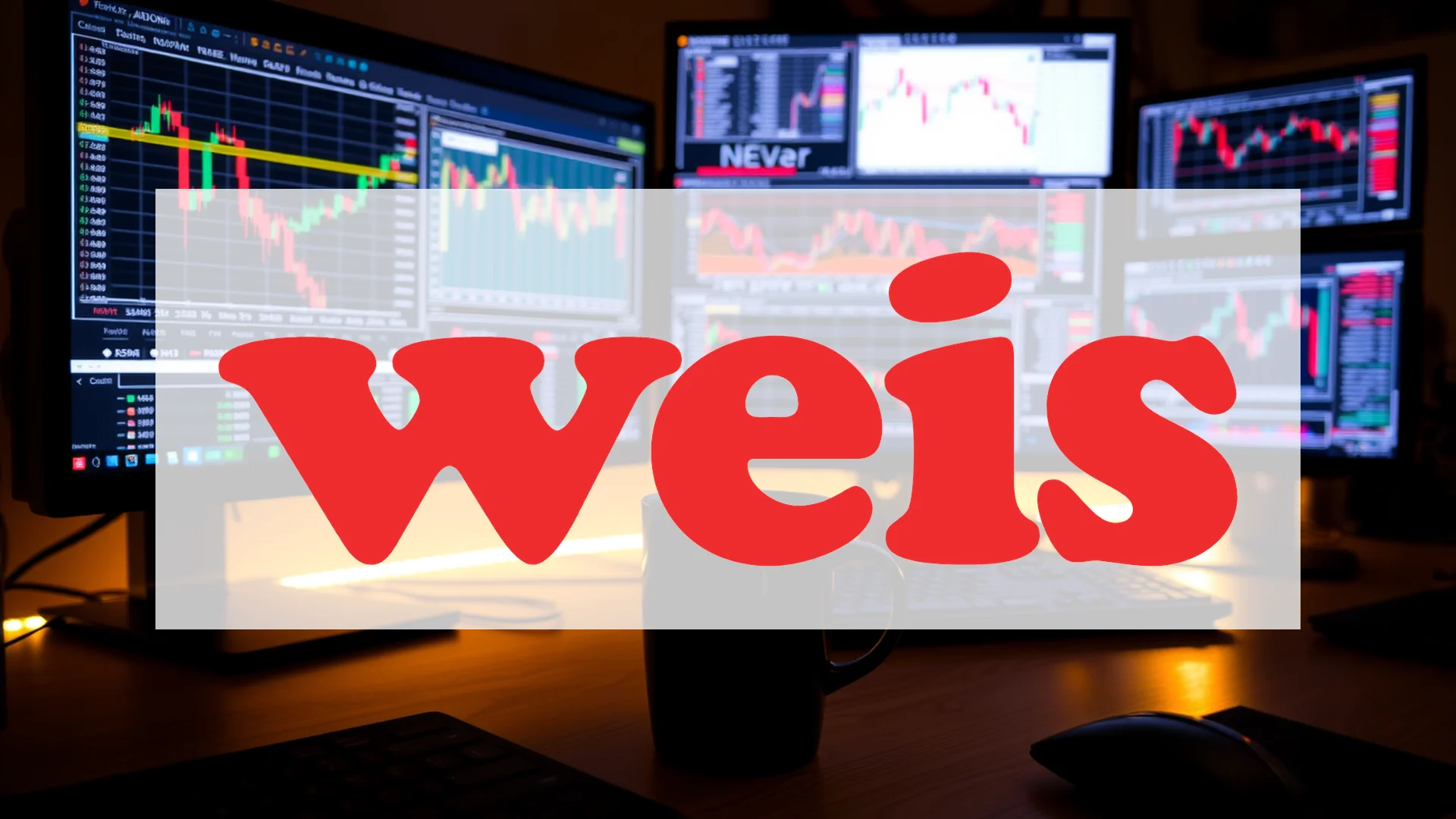The artificial intelligence boom is showing its first signs of strain at one of its biggest beneficiaries. Oracle finds itself navigating a complex landscape where analyst optimism clashes with concerning profitability metrics in its cloud computing division. The technology giant faces a critical test of its business model as it balances enormous growth potential against troubling cost structures.
Soaring Ambitions Meet Financial Reality
Market experts remain bullish on Oracle’s prospects, with Citi raising its price target to a record $415—approximately 40% above current trading levels. This optimism stems from an astronomical $455 billion backlog of contracted business, which surged by 359% in the most recent quarter. The company has secured four separate billion-dollar agreements with three different clients, demonstrating robust demand.
CEO Safra Catz predicts the backlog will soon surpass the half-trillion dollar mark. The company’s vision involves expanding cloud revenue from $10 billion in 2025 to $144 billion by 2030, an ambitious growth trajectory backed by existing contractual commitments.
The Profitability Problem Emerges
Behind these impressive numbers lies a concerning financial picture. Internal data reveals that Oracle’s AI cloud operations are generating merely 14% profit margins—a fraction of the 70% margins typically seen in the industry. This squeeze stems from massive expenditures on Nvidia chips, substantial energy consumption, and intense pricing competition within the cloud sector.
The situation becomes more precarious when examining customer concentration. Just five major clients, including OpenAI and Meta, account for 80% of this business segment, creating significant vulnerability should any of these key relationships change.
Should investors sell immediately? Or is it worth buying Oracle?
Infrastructure Strategy Shows Cracks
Oracle’s asset-light approach, which relies heavily on leased data centers once hailed as a strategic advantage, has transformed into a cost burden during the AI era. The company reported nearly $100 million in losses from leasing Nvidia’s premium chips, with customer hesitation to utilize the expensive technology resulting in underutilization of resources.
The multicloud strategy involving partnerships with Amazon and Microsoft continues to show strength, yet the fundamental question remains whether Oracle can translate this growth into sustainable profits given the current margin compression.
Market Sentiment Reflects the Contradiction
Oracle shares, currently trading around $252, perfectly capture this dichotomy. While the stock remains significantly below its all-time high, it has delivered a 55% gain since the beginning of the year, ranking among the strongest performances in the technology sector.
The coming weeks will prove crucial as Oracle management meets with analysts. The company must address not only how it will maintain its explosive growth but, more importantly, how it plans to convert billions in contracts into substantial profits. The central question for investors is whether they’re looking at a generational opportunity or an overhyped AI play that has lost sight of profitability.
Ad
Oracle Stock: Buy or Sell?! New Oracle Analysis from December 3 delivers the answer:
The latest Oracle figures speak for themselves: Urgent action needed for Oracle investors. Is it worth buying or should you sell? Find out what to do now in the current free analysis from December 3.
Oracle: Buy or sell? Read more here...










